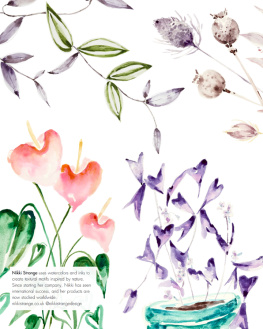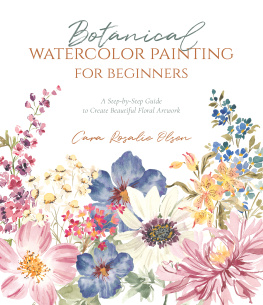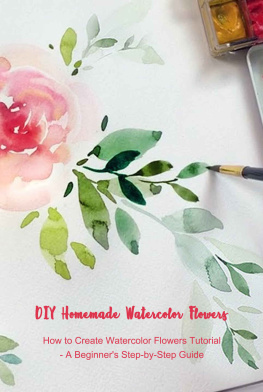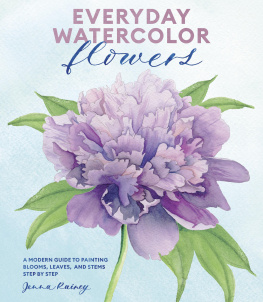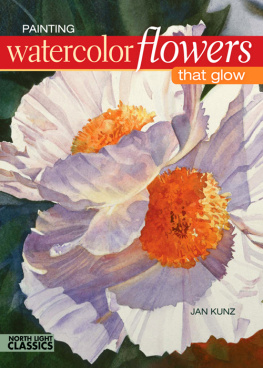


Design and layout 2019
Quarto Publishing plc, an imprint of The Quarto Group
Published in 2019 by Abrams Noterie, an imprint of ABRAMS. All rights reserved. No portion of this book may be reproduced, stored in a retrieval system, or transmitted in any form or by any means, mechanical, electronic, photocopying, recording, or otherwise, without written permission from the publisher.
Abrams Noterie products are available at special discounts when purchased in quantity for premiums and promotions as well as fundraising or educational use. Special editions can also be created to specification.
For details, contact specialsales@abramsbooks.com or the address below.
Abrams Noterie is a registered trademark of Harry N. Abrams, Inc.

ABRAMS The Art of Books
195 Broadway, New York, NY 10007
abramsbooks.com
ISBN: 978-1-4197-3432-8
eISBN: 978-1-68335-751-3
For Abrams:
Editor Ginny Dominguez
Art Director Diane Shaw
Production Manager Alison Gervais
Conceived, edited, and designed by Quarto Publishing plc,
an imprint of The Quarto Group
6 Blundell Street
London N7 9BH


MEET NIKKI
From a young age, I was often found at the kitchen table, scribbling and painting away, inspired by the ferns, wild daisies, and thistles I had collected while walking in the countryside close to my home. I went on to study textiles at university, and I remained drawn to natural flora and tropical details for my design work.
Inspiration naturally came from classic designers such as William Morris, but also from my vacations in Goa, India, an area I was lucky enough to visit often to see family and the small villages where my grandparents had grown up. I was frequently taken aback by the dense jungles and vast canopies of trees that coexisted alongside villages and larger cities. I was bewildered that palm trees were as common as oak trees, and that beautiful, ornate banana leaves could be found thriving next to even the most rundown and abandoned buildings.
Since then I have continued to travel to places with stunning wildlife and gardens, including Morocco, Cambodia, Indonesia, and California. These travels have inspired me to no end with my paintings and design work. The places I have visited have also informed the way I decorate my space. I now live in an apartment in urban East London, but my home is embellished with plants and paintings of plants that remind me of these trips and give a fresh and natural energy to my metropolitan environment.
Working with watercolor to visually capture the organic forms of plants is rewarding and unpredictable, particularly when you allow yourself to give up control of the paint and let it and the water work their magic. In this book I want to share my experiences of painting with you, and teach you techniques and easy ways to paint botanical prints for your own home, starting with just a few colors and brushes.
I have designed twenty projects based around some of my favorite plants, from an out-of-this-world-looking begonia to a cute spiky cactus. The projects detail which watercolors to use and how to mix them to create the shades I used. The step-by-step instructions and photography guide you through my methods, so you have everything you need to create your very own botanical paintings, even if you do not have plants around you that you can draw on from life. An added bonus is that these projects dont take very long to reproduce, and make a perfect Sunday afternoon or weekday after-work activity.

Getting Started



BEING A BETTER ARTIST
This book shows you how to paint a range of fabulous houseplants, from glossy exotic palms to spiky cacti. Following the step-by-step instructions, including color mixes, you can create beautiful artwork for your home or to give to friends. When you want to experiment with painting different plants, youll find the next few pages are packed with hints and tips for going solo.
CHOOSING A SUBJECT
To some degree, your choice of subject will depend on what is available as your source, whether that be plants you already have in the home, those that you can buy at your local market, or photographs you have taken or sourced from books or online. You may want to paint the whole plant, or you might choose a single specimen that you can study in-depth. When you are just starting out, it is a good idea to choose a simple subject, like a palm or monstera (see ).
Leaves vary in size, shape, color, and arrangement. You will soon come to recognize particular shapes or configurations and how they are set on the stalk in a particular pattern. Leaves can rise in a single blade, like the banana leaf (see ). They can have a smooth or serrated edge and be placed on the stalk singly, alternately, in opposite pairs, or in whorls.
CHOICES ON THE PAGE
As you complete the projects I have prepared for you in this book, you will soon learn what looks good on the page. It does not have to be symmetrical, but it must look natural. When you start painting your own compositions, you will get used to editing with your pencil or brush by leaving out leaves that complicate the painting, or by rearranging them.
It can be a good idea to simplify what you see, since you dont need to include every minute detail. What you do need to do is search for the characteristics that distinguish your plant and consider how to reproduce them on the page. With paint, you can suggest detail rather than reproduce it photographically. This means, for example, that you can suggest the rough texture of a teazle with sporadic brushstrokes (see ).
Changing your viewpoint can drastically alter the composition of your painting. Try out some different views to see how they affect your perception of the plant. You can view from above, below, at an angle, or close up.

EXPLORING COMPOSITION
A sketchbook is a good place to explore compositional possibilities for finished paintings. Try out thumbnail sketches, looking at dominant lines and compositional pathways, cropping options, shape and pattern, negative and positive shapes, as well as color temperature (see ) and backgrounds.

